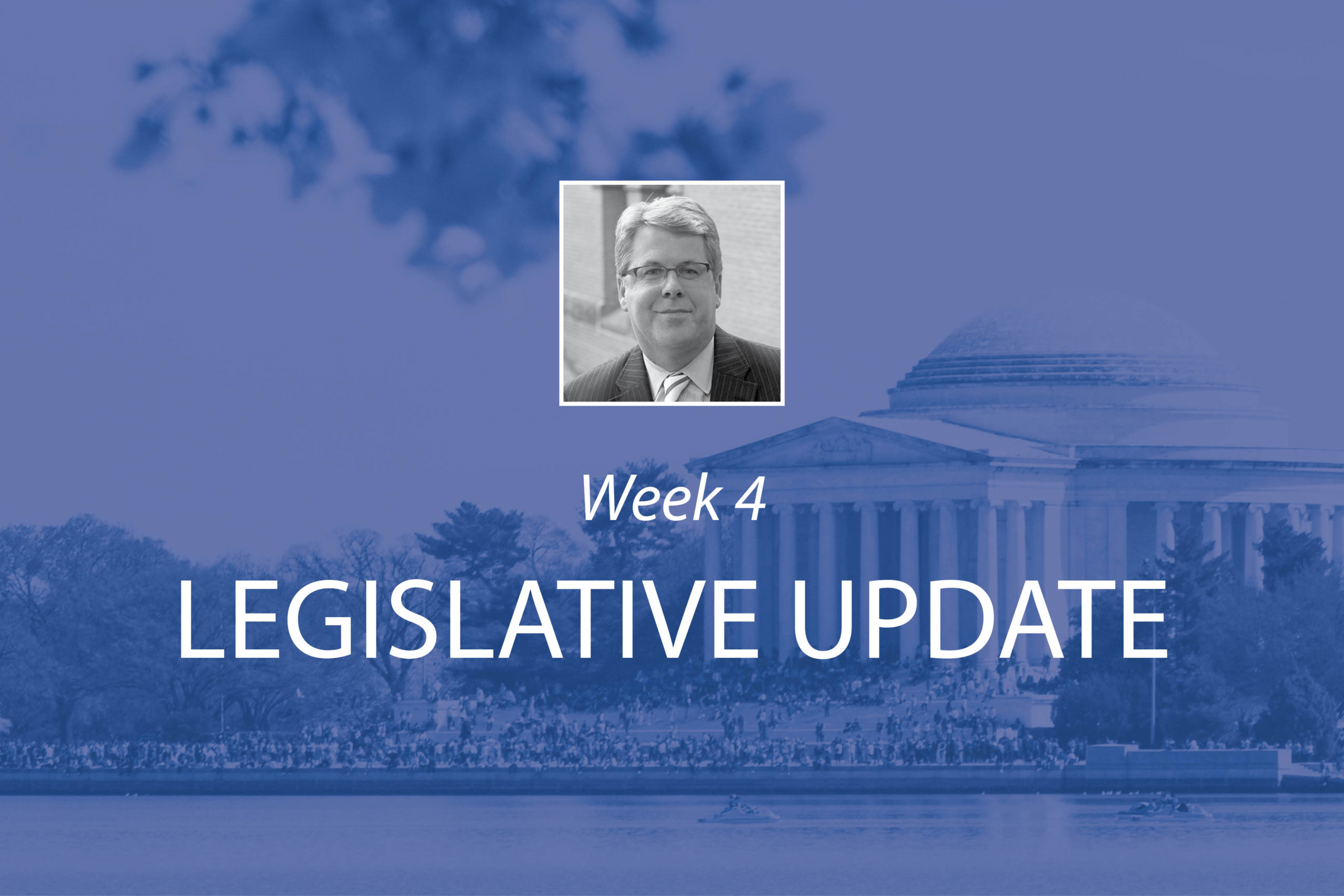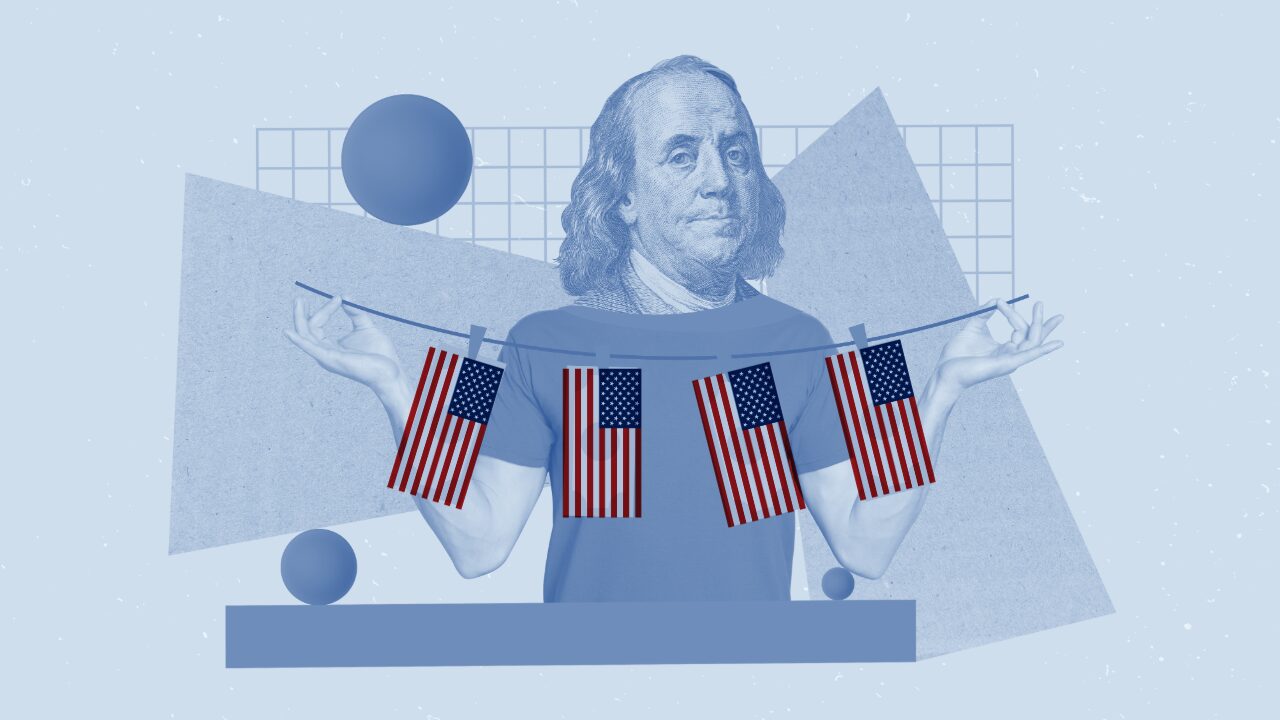Congress
On Tuesday, the full House voted 220-211 to pass H.R. 5305, a measure that would keep the government funded at current levels until December 3. The current fiscal year runs out September 30. The bill also waives the federal debt cap limit until December 2022 and includes almost $30 billion in disaster aid for states that have suffered from hurricane damage and other natural disasters. As part of this disaster aid, $5 billion is allotted for housing and economic development projects and $2.6 billion for highway repairs.
At this point, the bill is dead on arrival in the Senate, however, as Senate Minority Leader Mitch McConnell (R-KY) has vowed that his caucus will not approve a measure funding the government past September 30 that includes language addressing the debt limit. ABMA was told by House Members today that a government shutdown beginning October 1 is highly likely.
Infrastructure
The House is slated to take up the Senate-passed $1 trillion bipartisan infrastructure package early next week; however the measure appears to lack sufficient support in the House to get to 218 votes needed for passage. In discussions today ABMA had with Democrat House members, current indications are that about 19 House Republicans have signaled that they will support the bill, despite Republican House leaders whipping their members to vote against it. However, a sizable chunk of the progressive House Democrats has vowed to vote against the measure out of protest that the $3.5 trillion reconciliation bill is not also being scheduled for a vote. Speaker Pelosi signaled this morning that she will not put the budget reconciliation package on the House floor for a vote unless it is clear that what they are voting on can pass the Senate. She is trying to avoid repeating the scenario that occurred in 2009 when the House voted to pass an aggressive cap and trade greenhouse gas emissions bill that languished in the Senate. Over 60 House Democrats in competitive districts lost their election the following year.
Budget Reconciliation Update
The House Budget Committee is scheduled to meet on Saturday to assemble all of the pieces of the budget reconciliation package that have been reported by other house committees. The Budget Committee will simply unify the pieces into one comprehensive bill without making changes. Once that effort is complete, the bill will proceed to the House Rules Committee where the proposal will undergo considerable change. As we have reported, the current $3.5 trillion tax and spending figure simply does not have the votes to pass the House and certainly not the Senate.
Vaccine Mandate
ABMA participated in a meeting last Friday that was hosted by the Small Business Administration to discuss the Emergency Temporary Standard on vaccines and testing in the workplace. As we know, the mandate will apply to employers with 100 or more employees and the ETS will be issued later this fall. We also know that due to the emergency nature of an ETS, public comment will not be considered prior to issuance of the standard.
The meeting featured a presentation by a labor attorney who offered his opinion on steps employers should be taking in advance of the vaccine ETS issuance. He suggested the following:
- Employers need to sit down with unions immediately;
- As the ETS will most certainly require that employers ensure employees follow rules, employers should line up and commit vaccination and testing centers now—try to negotiate arrangements to lessen the cost;
- Update leave policies for vaccinations and the after effects of them;
- Revise policies regarding disability and religious objections and undue hardship;
- In those states that have their own OSHA plan (so called OSHA plan states) review state laws that are contrary to mandatory vaccinations or vaccination cards that might delay the state from adopting the federal standard;
- In federal jurisdiction states, consider whether the Federal ETS will preempt state regulation in the same area of vaccinations;
- Review state laws about compensability of time for testing and payment for testing;
- Assess how many of your employees are already vaccinated and how many will resist vaccination by conducting surveys; and
- Regardless of all of the above, make sure you have a written COVID-19 plan no matter what your size and train your employees in all aspects of COVID-19 disease prevention.
A discussion about potential challenges presented by the ETS ensued. One is that the 100 employee threshold is arbitrary and will incentivize employees to flee to smaller employers. It may also violate equal protection as employees of employers over the threshold are protected, while those that work for an employer that has 98 employees, for example, are not. Another contention is that there is no “grave danger” which is a prerequisite for issuing an ETS. Some have claimed that the ETS is not necessary as the virus can be effectively controlled with PPE and ventilation. It was also pointed out that there are certain sectors like the outdoor construction industry that are not at risk for widespread Covid outbreaks at the worksite. Another point that was raised regards multiemployer worksites where half the workers are vaccinated and the other half are not.
A few other interesting questions were raised, such as will there be a carve out for employees that have already had Covid given that contracting the disease confers a high level of immunity for at least a period of time. Another was how to control for employees presenting fake test results. Several responded that the testing burden will fall to employers to reduce this type of fraud. Another point discussed is that there are currently about 42 million unvaccinated workers in the workplace and it is safe to assume that many, if not all, oppose getting the vaccine. Will there be widespread flight from the workplace when the ETS if finalized?
Obviously, answers to these questions are unknown at this point. ABMA sent a letter to the lead staffer at OSHA that is developing the ETS outlining our sector’s concerns. She replied that OSHA will not have time to process comments or questions prior to issuing the ETS. However, the standard does serve as a proposed rule for the purpose of receiving public comment and that they would review our input during that stage of the process. One final point is that the litigation is a certainty once the ETS is issued. The key question is whether the ETS will remain in place and be enforceable during judicial review or would it be stayed. Labor attorneys with whom we have consulted suggest that in all likelihood, the plaintiffs will seek a temporary restraining order and nationwide injunction which, if granted, will stay enforcement. Many federal courts dislike nationwide injunctions, but there are judges who would be inclined to enter such an order. The federal government would then appeal that order immediately to a federal circuit court.




